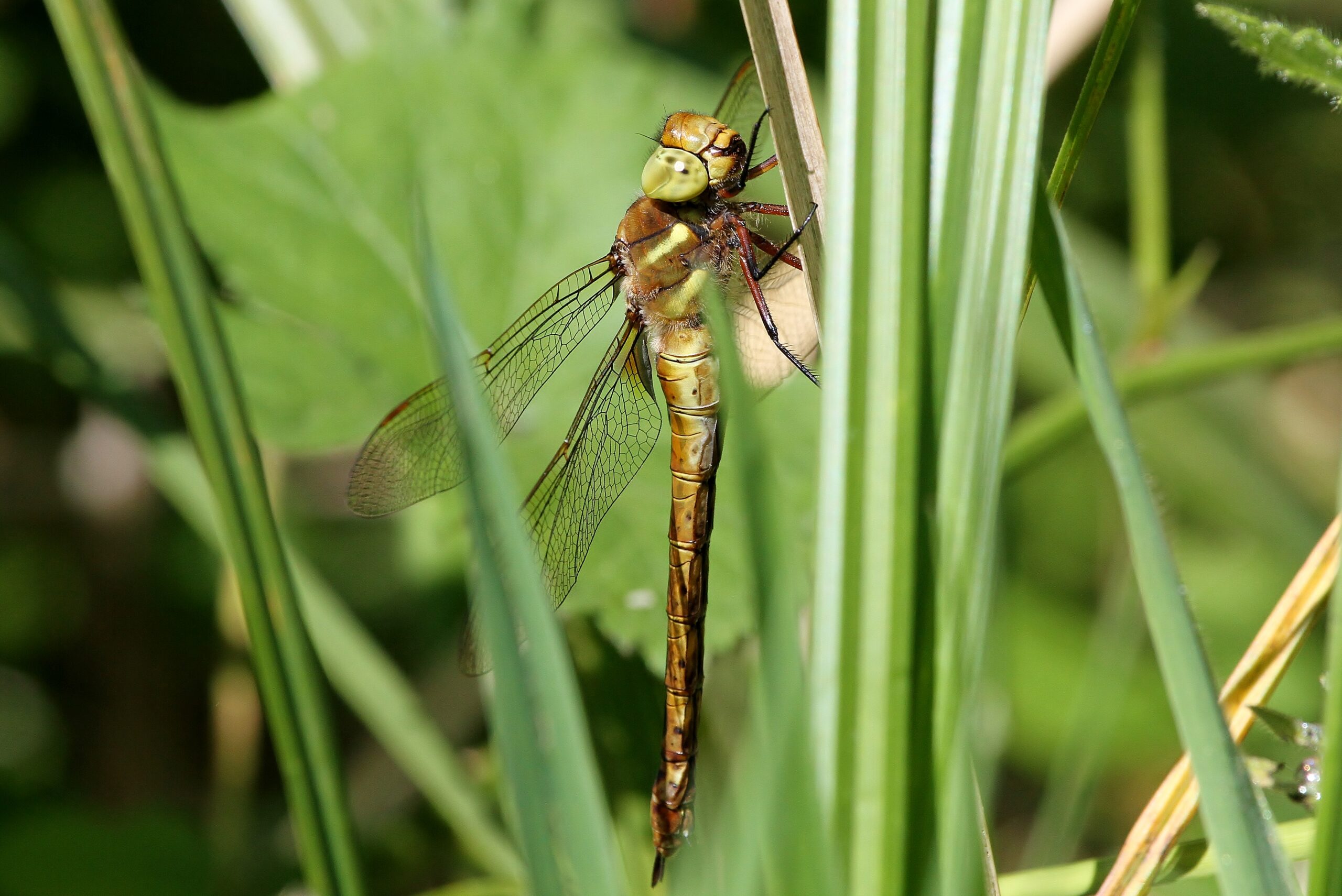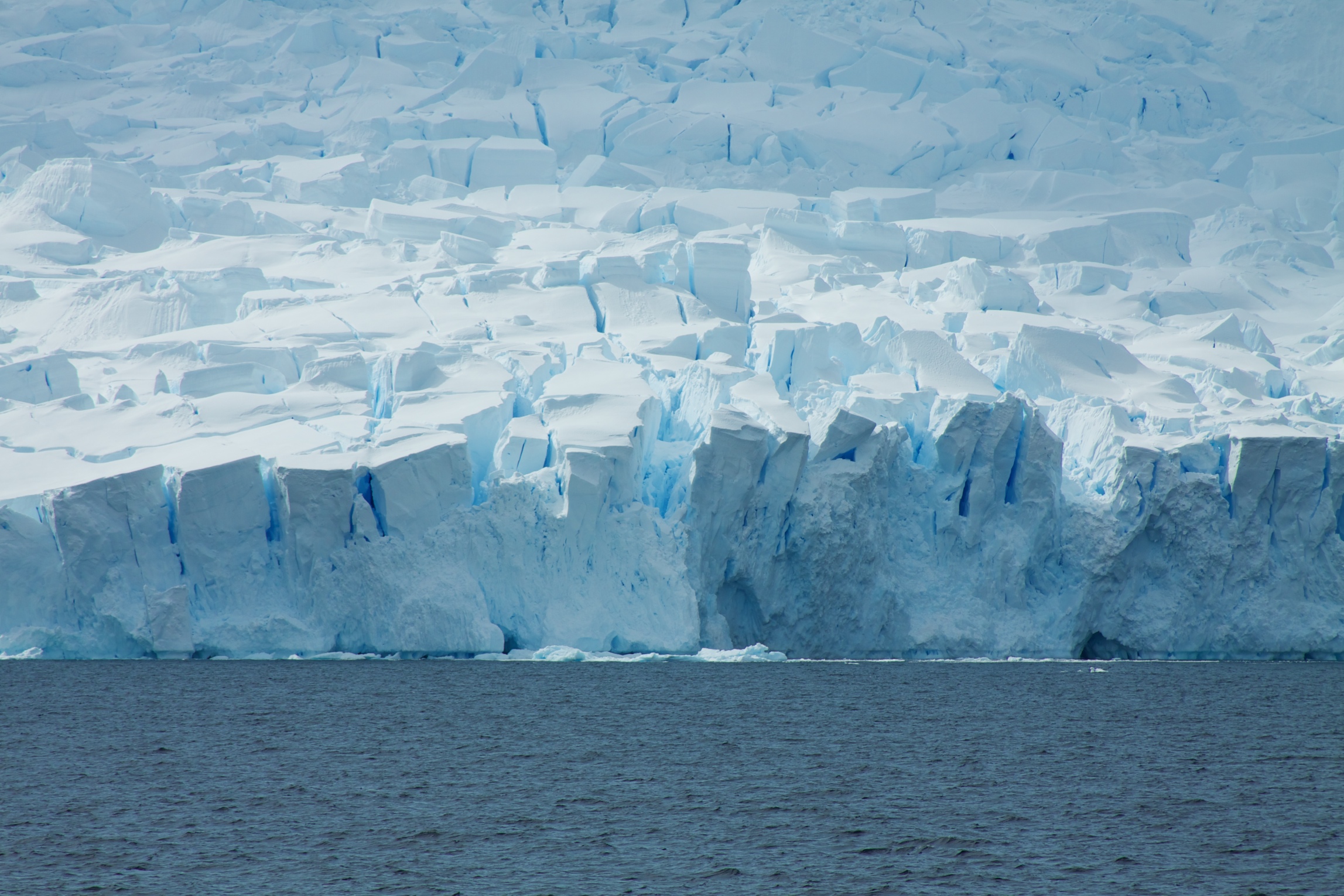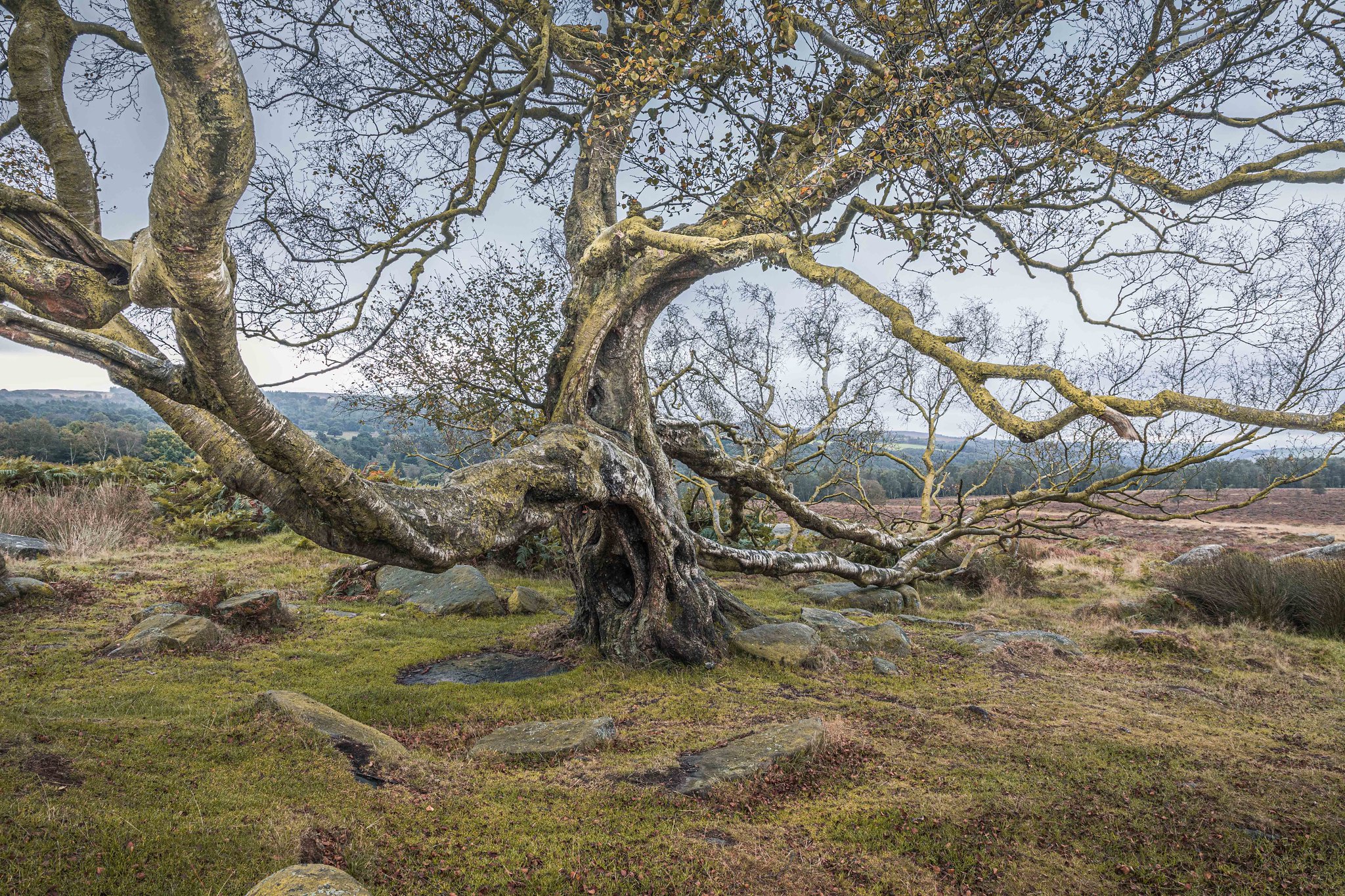Rediscoveries and Recovery
The Norfolk hawker dragonfly is no longer extinct, with the species set to be taken off the British Red List of endangered species after a large-scale population surge. Since its extinction in the Cambridgeshire Fens in the 1890‘s, the Norfolk Hawker’s small population has been restricted to the Norfolk Broads. However, in recent years they have been found in Kent, Hertfordshire, Sussex, Dorset and Devon due to an increase in suitable habitats across Britain resulting from climate breakdown. This has been the driving force behind the species recovery, however, the gaps in the current population distribution need filling to ensure the Norfolk Hawker’s long-term survival.?

A breeding population of an incredibly rare species of turtle has been discovered in India. The Cantor’s Giant Softshell Turtle is native to south and south-east Asia and has been classed as critically endangered. The discovery of a breeding female on the banks of the Chandragiri River in Kerala, however, provides hope for this illusive species. The study was led by a group of international conservationists who worked alongside local communities to record the first documentation of a female nest, and subsequently rescue the eggs from flooding. The hatchings have since been released into the river, and the team are now working closely with the local community to set up a hatchery and nursery near the original nesting site.?
Climate
Since 2000, more than a third of Antarctica’s glacier anchors have reduced in size. These anchors, or “pinning points,” are important braking mechanisms that hold the glaciers in place and subsequently reduce the rate of ice detachment from the continent. New research conducted by the University of Edinburgh suggests that an increase in global sea temperatures is causing these points to thin at a much faster rate than previously estimated. Since 2000, 37% of pinning points have either shrunk or completely disappeared, and, as a result, the glacier’s braking force is weakening.?

The UK has had the wettest February on record, according to the Met Office. Between December 2023 and January 2024, the UK experienced 90% of the total expected winter rainfall. This increase in wet weather continued throughout February with some areas of the UK seeing two and a half times their normal rainfall for this month alone. These adverse weather conditions, a result of climate change, is having detrimental effects on farmers due to increased crop flooding, with some farms in Lincolnshire having been underwater since October.
Science and Environment
A 12mm long, transparent fish has been found to make a sound as loud as a pneumatic drill. Scientists in Berlin were studying the Danionella cerebrum in their lab when they began hearing strange clicking noises coming from the male fish in the tank. Upon investigation, they discovered that this miniscule species can make a sound of 108 decibels when measured at a distance of one metre away – this is roughly equivalent to the noise made by a bulldozer and is likely to be the volume at which other fish hear the sound. This noise is created by the contraction and release of the fish’s swim bladder, and it is one of the loudest noises ever discovered in a fish of this size.?
Ancient trees play an irreplaceable role in supporting forest life, according to experts. The results from a recent study in the Spanish Pyrenees show that ancient trees no longer exert energy on reproduction, and instead prioritise stress tolerance, durability and slower growth. It has also been revealed that, over time, sections of older trees die and decay, which allows them to host more diverse and greater quantities of different species than younger trees, as juveniles don’t possess the unique physical and physiological features to support them. Although the number of old growth trees continue to decline worldwide, researchers Munne-Bosch and Pasques hope their report will highlight the importance of our ancient trees’ ecological role.?

Policy
The government are expected to announce a move to 100% badger culling under exceptional circumstances in the coming weeks. The current policy on badger culling aims to reduce badger numbers by 70% in each cull area, however the government may increase the target to 100% in certain circumstances, subject to consultation, as of January 2026. The Government had previously stated that the cull would end in 2025 and be replaced by increased badger vaccinations, however some fear that the new 100% cull policy may become standard practice instead.
Parliament has implemented the first EU nature law to restore 30% of the EU’s degraded ecosystems by 2030. This comes into effect after recent findings reveal that over 80% of all European habitats are in poor shape, and aims to ensure the restoration of 60% of these environments by 2040, and 90% by 2050. The EU has pledged that once these ecosystems are restored, they will ensure that the area does not significantly deteriorate once more in a bid to aid the long-term recovery of damaged natural areas.

